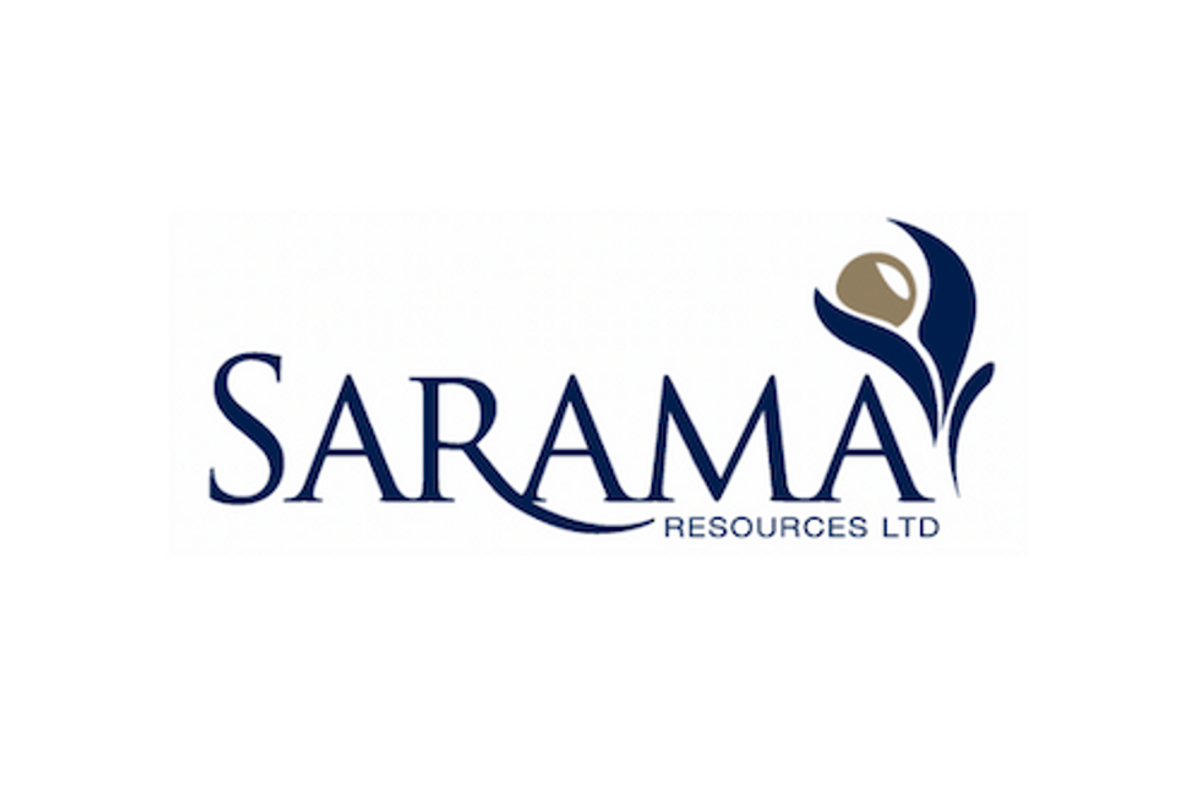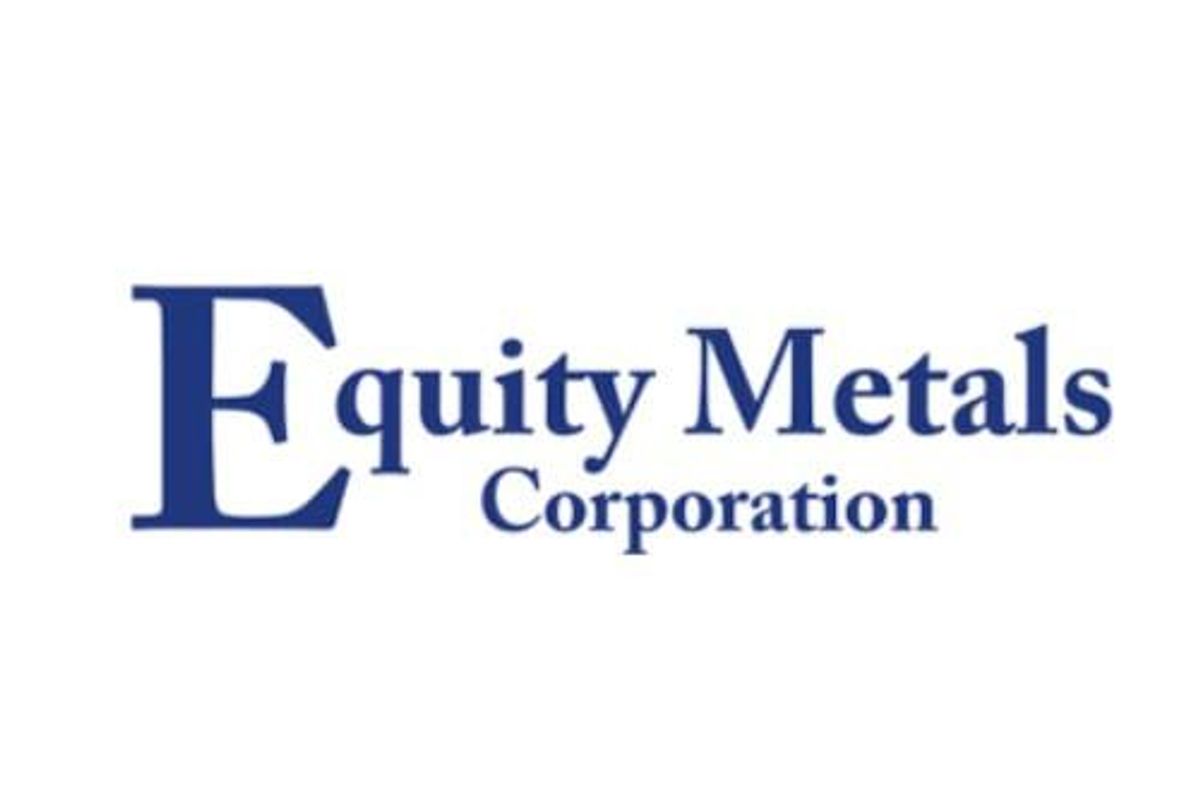
June 16, 2024
Description
The securities of Sarama Resources Ltd (‘SRR’) will be placed in trading halt at the request of SRR, pending it releasing an announcement. Unless ASX decides otherwise, the securities will remain in trading halt until the earlier of the commencement of normal trading on Wednesday, 19 June 2024 or when the announcement is released to the market.
Issued by
ASX Compliance
Click here for the full ASX Release
This article includes content from Sarama Resources, licensed for the purpose of publishing on Investing News Australia. This article does not constitute financial product advice. It is your responsibility to perform proper due diligence before acting upon any information provided here. Please refer to our full disclaimer here.
SRR:AU

Sign up to get your FREE
Sarama Resources Investor Kit
and hear about exciting investment opportunities.
- Corporate info
- Insights
- Growth strategies
- Upcoming projects
GET YOUR FREE INVESTOR KIT
The Conversation (0)
04 November 2025
Sarama Resources
Promising new gold projects in Western Australia, plus a large fully funded arbitration claim.
Promising new gold projects in Western Australia, plus a large fully funded arbitration claim. Keep Reading...
02 December 2025
Sarama Partners With InvestorHub to Strengthen Investor Engagement
VANCOUVER, BRITISH COLUMBIA / ACCESS Newswire / December 2, 2025 / Sarama Resources Ltd. ("Sarama" or the "Company")(TSX-V:SWA)(ASX:SRR) is pleased to announce that it has partnered with InvestorHub and launched a new interactive website, a direct-to-investor engagement platform ("Investor Hub"... Keep Reading...
03 November 2025
Sarama Files Memorial in US$242M Damages Claim Against Burkina Faso
VANCOUVER, BRITISH COLUMBIA / ACCESS Newswire / November 3, 2025 / Sarama Resources Ltd. ("Sarama" or the "Company") (TSX-V:SWA)(ASX:SRR) announces that it has filed its written Memorial (the "Memorial") detailing the Company's claim against the Government of Burkina Faso ("GoBF") as well as... Keep Reading...
03 November 2025
Sarama Files Memorial in US$242M Damages Claim Against Burkina Faso
Sarama Resources Ltd. (“Sarama” or the “Company”) (TSX-V:SWA, ASX:SRR) announces that it has filed its written Memorial (the “Memorial”) detailing the Company’s claim against the Government of Burkina Faso (“GoBF”) as well as damages for the sum of US$242 million, plus interest. The proceedings... Keep Reading...
20 October 2025
Sarama Completes Tranche 3 Placement & Cleansing Notice
Sarama Resources Ltd. (“Sarama” or the “Company”) (TSX-V:SWA, ASX:SRR) advises that on 21 October 2025, it completed the third tranche of the previously announced A$2.7m equity placement (the “Placement”) (refer to Sarama’s news releases dated 30 June 2025 and 10 July 2025). The third tranche of... Keep Reading...
06 October 2025
Sarama Completes Tranche 2 Placement and Broker Options
Sarama Resources Ltd. (“Sarama” or the “Company”) (TSX-V:SWA, ASX:SRR) is pleased to report that on 7 October 2025, it completed the second tranche of the previously announced A$2.6m equity placement (the “Placement”) (refer to Sarama’s news releases dated 30 June 2025 and 10 July 2025). The... Keep Reading...
8h
Resource Recap: 2025 Data on Australia's Key Resources and Energy Projects
2025 was a relatively healthy and stable year for investment in Australia’s resource and energy sector.According to the Australian Government’s Department of Industry, Science and Resources’ Resources and Major Projects Report, a total of 21 projects worth AU$11 billion were completed in the... Keep Reading...
06 January
Aurum advances Boundiali development with 3 ML Applications
Aurum Resources (AUE:AU) has announced Aurum advances Boundiali development with 3 ML ApplicationsDownload the PDF here. Keep Reading...
06 January
Peruvian Metals Full Capacity Throughput at Aguila Norte Processing Plant in 2025 and Focuses on Silver and Gold for 2026
Peruvian Metals Corp (TSXV: PER,OTC:DUVNF) (OTC Pink: DUVNF) ("Peruvian Metals" or the "Company") is pleased to announce production results for 2025 at its 80-per-cent-owned Aguila Norte processing plant ("Aguila Norte" or the "Plant") located in Northern Peru. The Company is also pleased to... Keep Reading...
04 January
Ongoing Drilling Continues to Return Broad Gold Intercepts
Asara Resources (AS1:AU) has announced Ongoing drilling continues to return broad gold interceptsDownload the PDF here. Keep Reading...
Latest News

Sign up to get your FREE
Sarama Resources Investor Kit
and hear about exciting investment opportunities.
- Corporate info
- Insights
- Growth strategies
- Upcoming projects
GET YOUR FREE INVESTOR KIT
Interactive Chart
Latest Press Releases
Related News
TOP STOCKS
American Battery4.030.24
Aion Therapeutic0.10-0.01
Cybin Corp2.140.00







